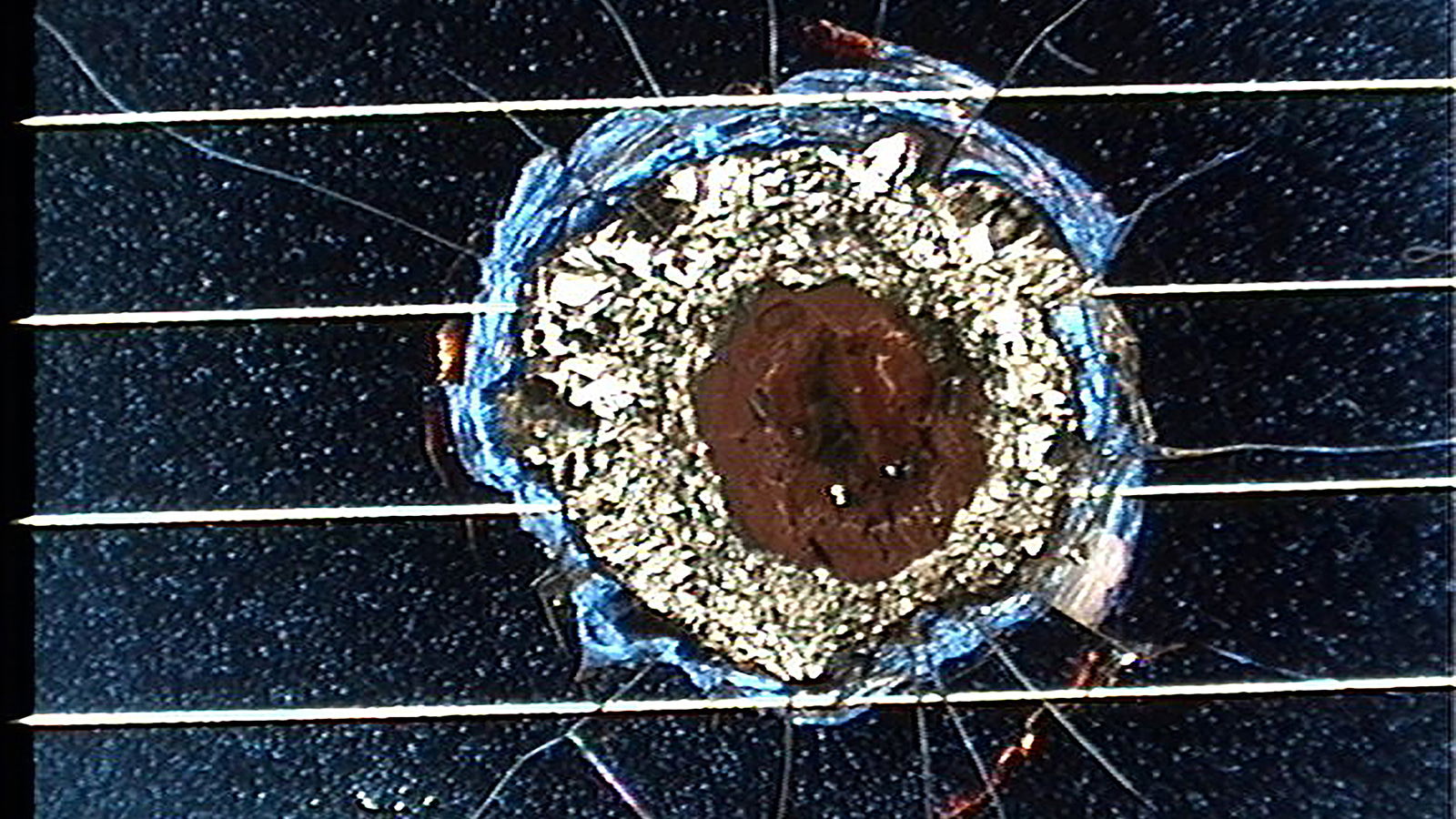Kessler Syndrome, a theoretical scenario first proposed by NASA scientists Donald Kessler and Burton Cour-Palais in 1978, describes a chain reaction in Earth’s orbit where collisions between space debris generate additional fragments, leading to further collisions. This self-perpetuating cycle could render certain orbital regions unusable, posing significant risks to satellite operations and space missions.

The increasing accumulation of space debris—comprising defunct satellites, spent rocket stages, and fragments from previous collisions—has heightened concerns about Kessler Syndrome. Even small debris traveling at high velocities can cause catastrophic damage to operational satellites, potentially disrupting services, such as internet connectivity, television broadcasts, and GPS navigation.
Notable incidents, like the 2009 collision between a defunct Russian satellite and an operational U.S. satellite, have exemplified the growing threat of space debris. Such events underscore the urgency of addressing the escalating risks associated with Kessler Syndrome.

The potential consequences of Kessler Syndrome are profound. A cascade of collisions could lead to the loss of critical satellite services, affecting global communications, weather forecasting, and navigation systems. The economic and societal impacts would be unprecedented, disrupting industries and daily life worldwide.
To mitigate these risks, various strategies are under consideration. De-orbiting defunct satellites to allow them to burn up in Earth’s atmosphere is one approach, though it carries environmental concerns. Additionally, organizations like the European Space Agency are developing technologies to actively remove space debris, such as the ClearSpace-1 mission, which aims to retrieve large debris using robotic arms.

The proliferation of satellite mega-constellations by companies like SpaceX and Amazon further complicates the situation. While these projects aim to enhance global internet coverage, they also increase the density of objects in orbit, elevating the risk of collisions and the potential onset of Kessler Syndrome.
Addressing the challenges posed by Kessler Syndrome requires international collaboration, innovative technological solutions, and stringent regulatory measures to ensure the sustainable use of Earth’s orbital environment.
